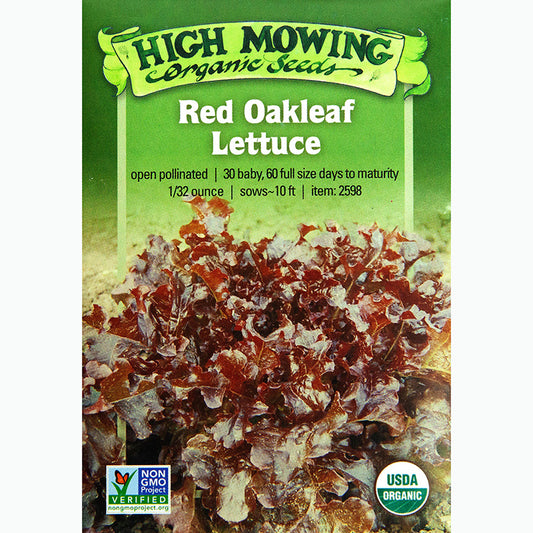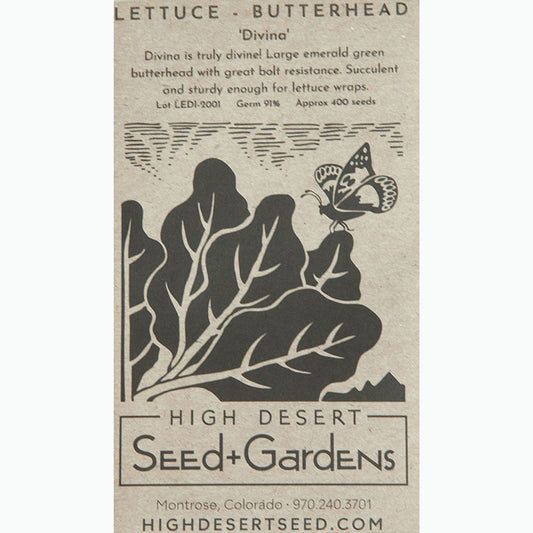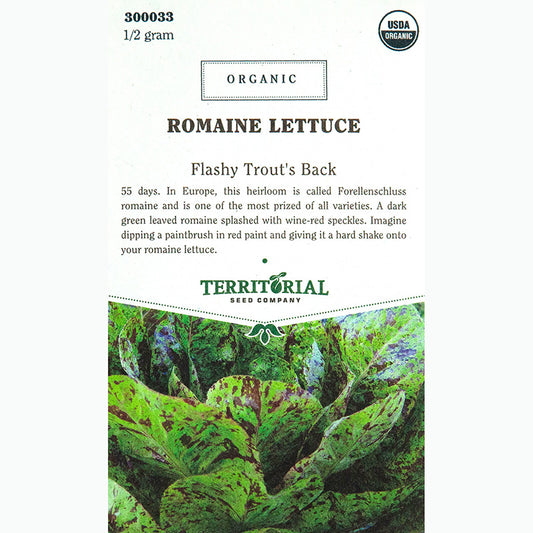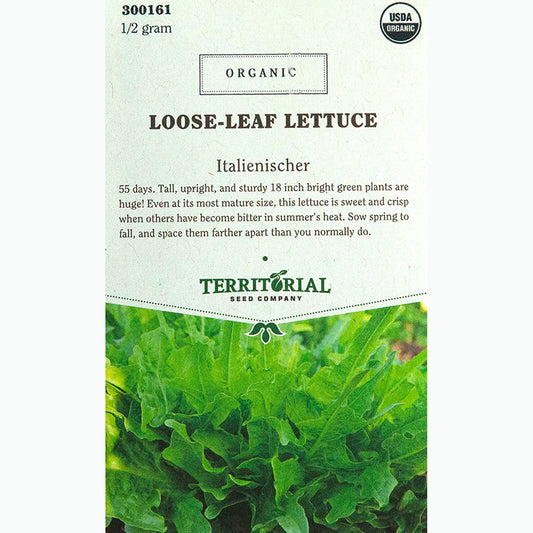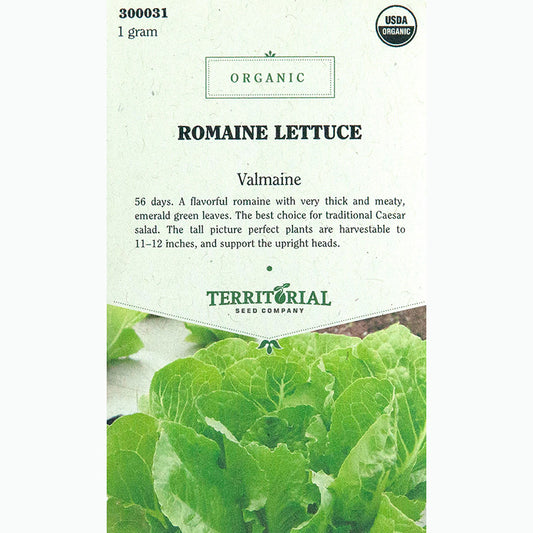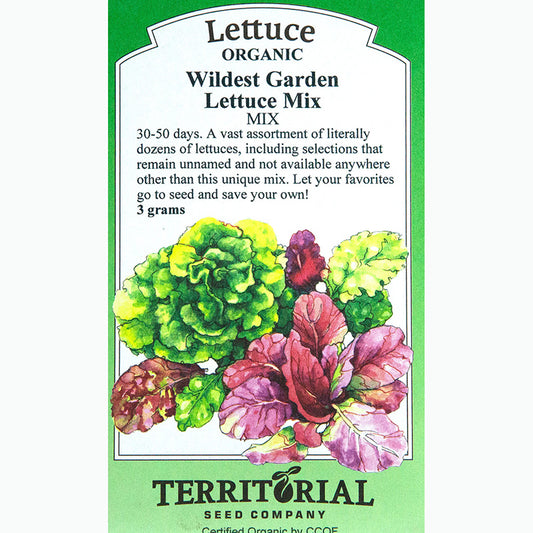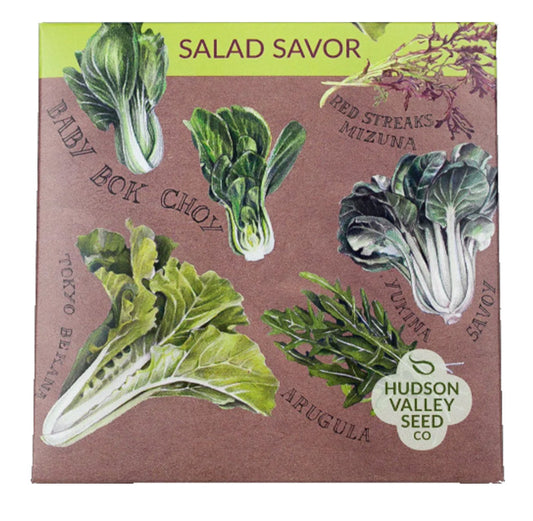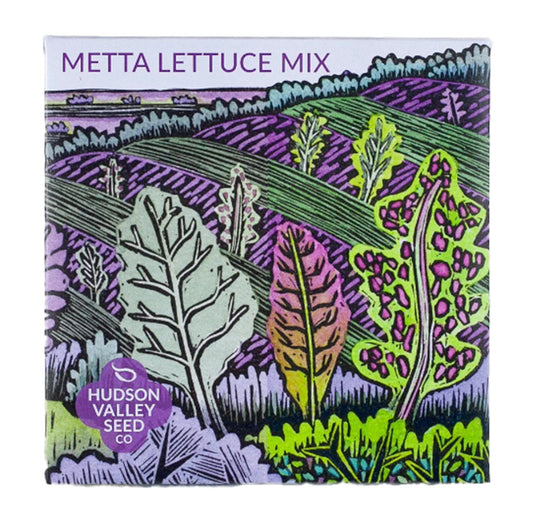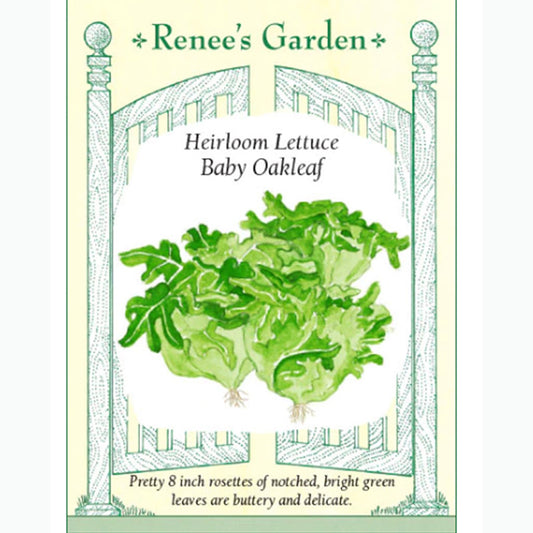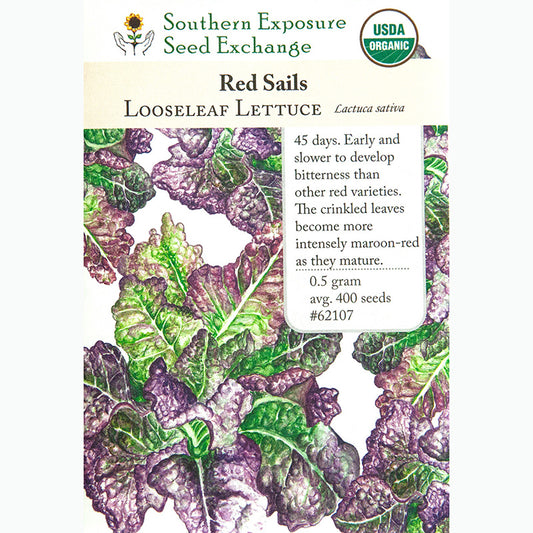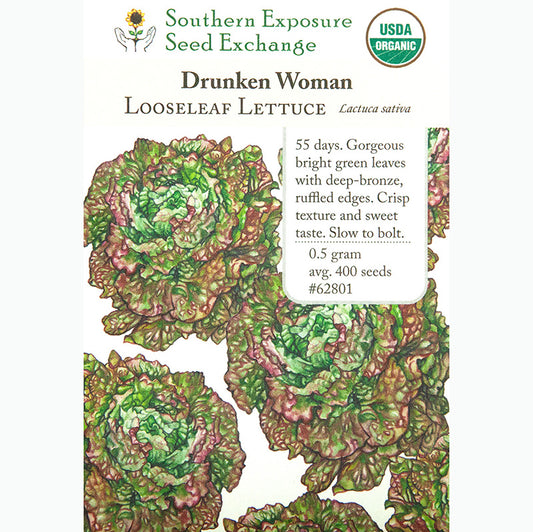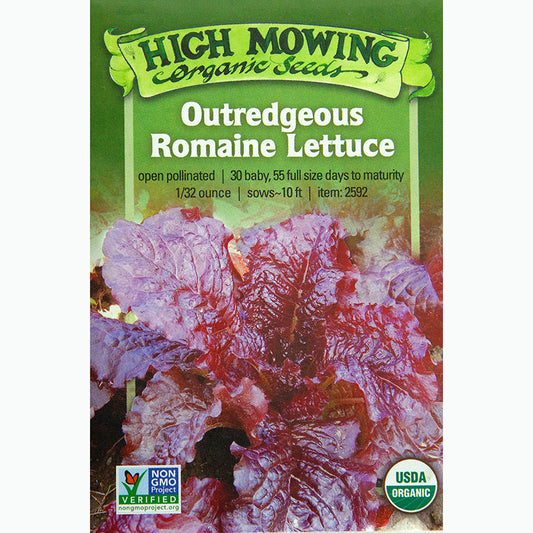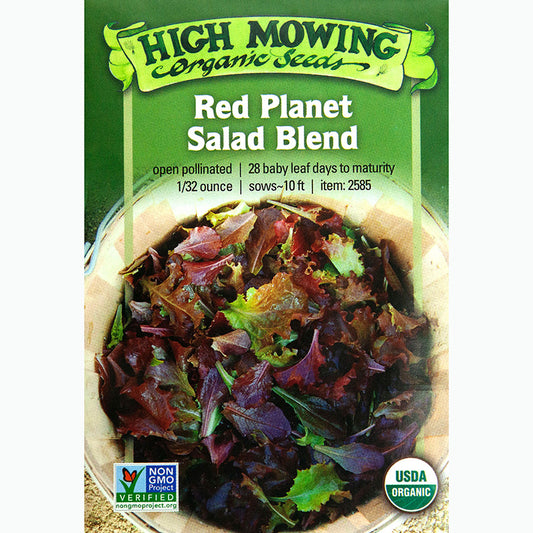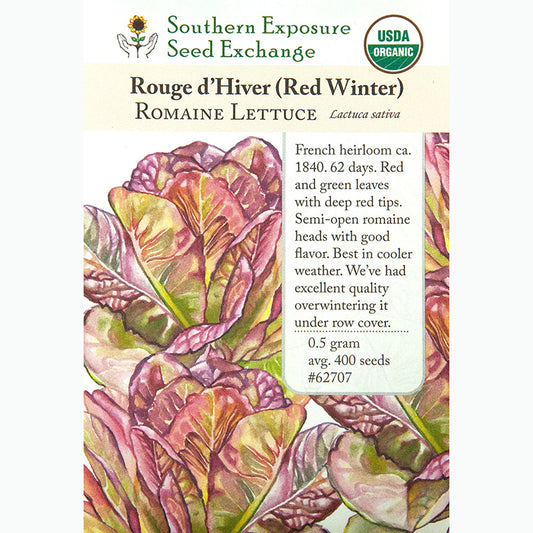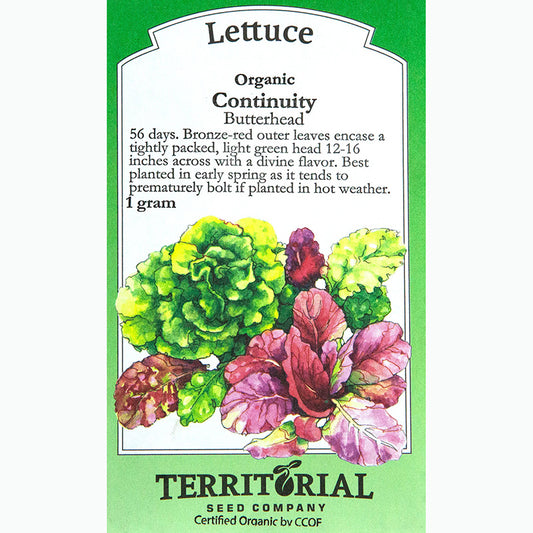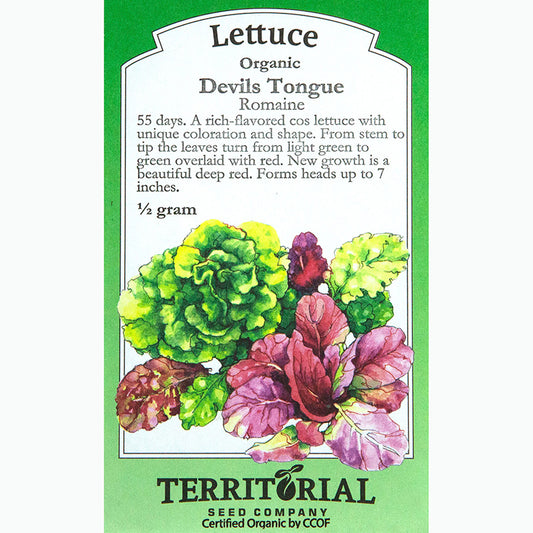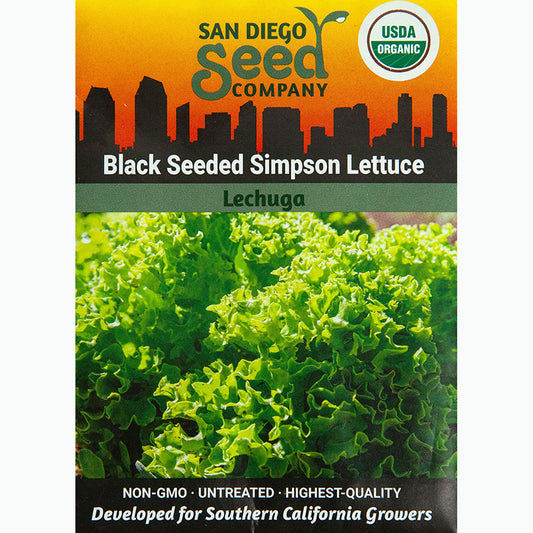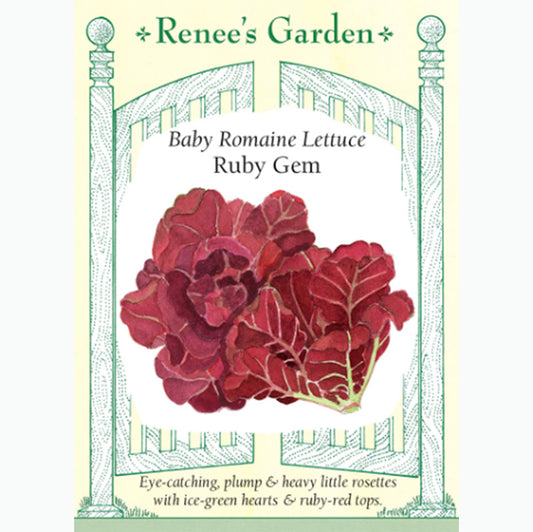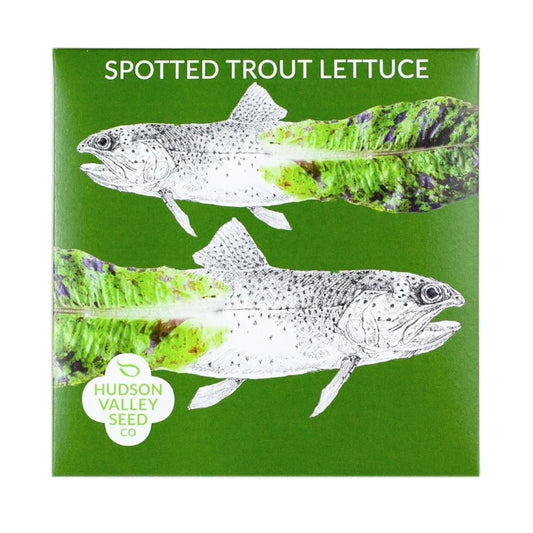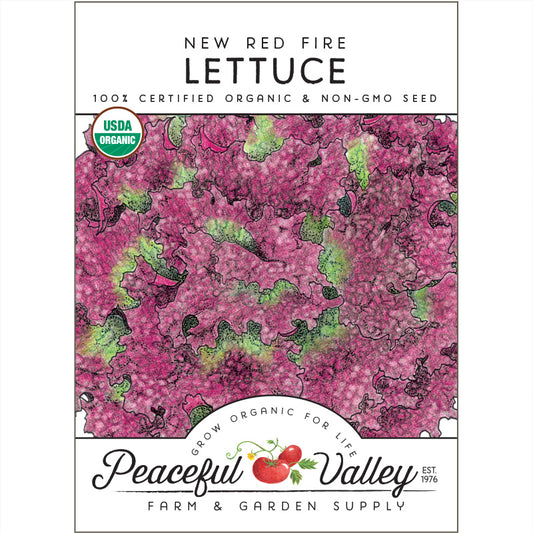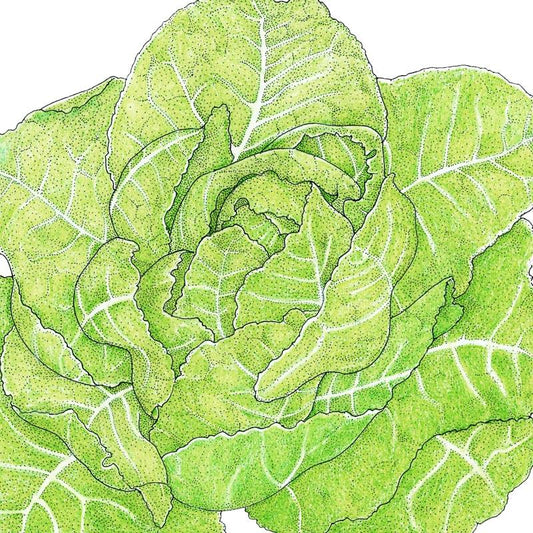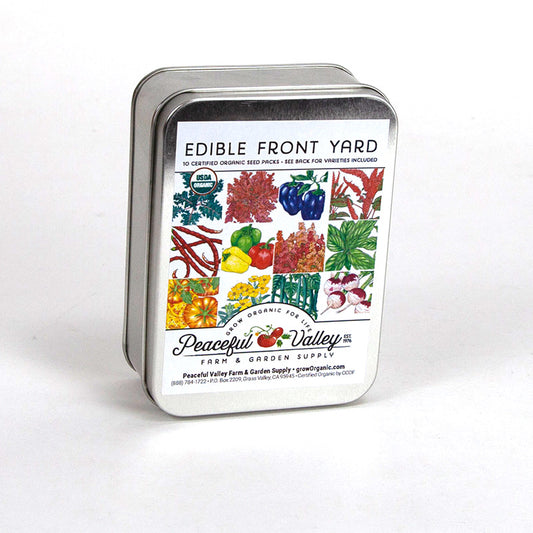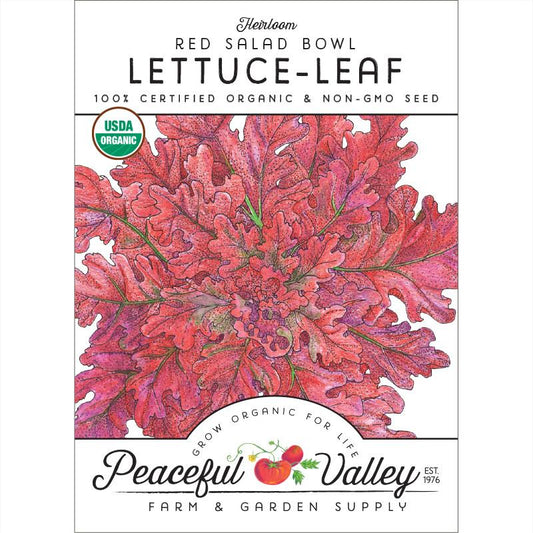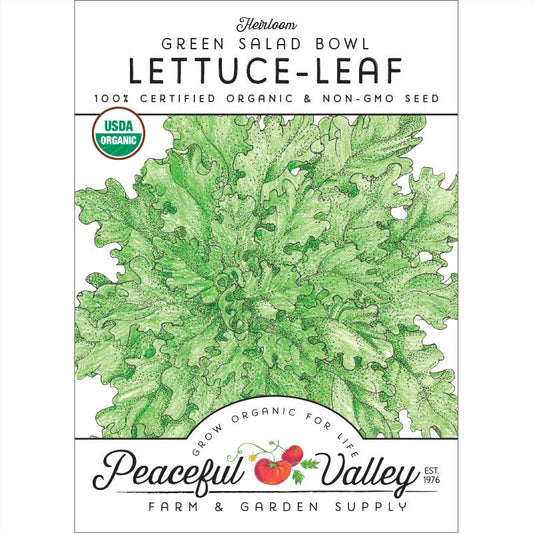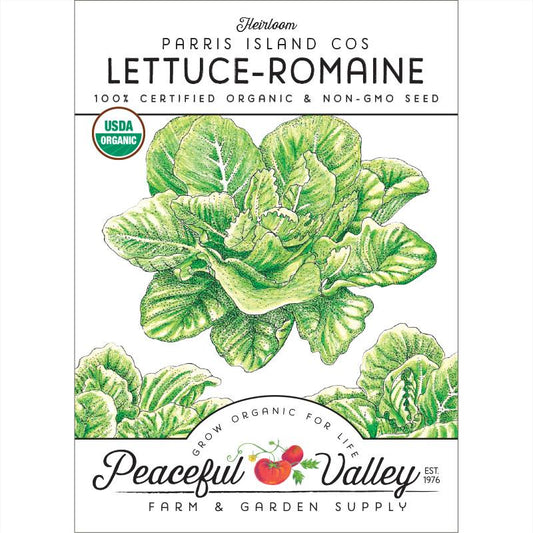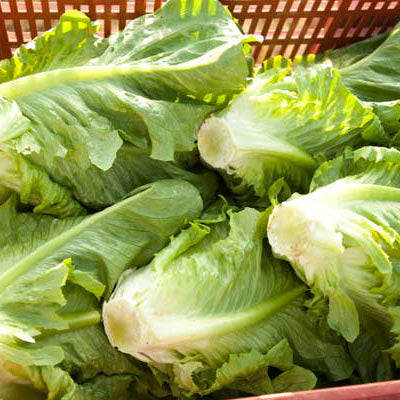Collection: Lettuce Seed
Lettuce, an essential part of numerous culinary dishes, is a cool-season crop cherished for its versatility and crisp leaves. Growing lettuce from seed is an immensely rewarding and straightforward process, allowing you to enjoy a fresh, home-grown supply of this nutritious leafy green.
Understanding Lettuce Seeds
Lettuce seeds are small and lightweight, making them easy to handle and sow. These seeds typically remain viable for a few years when stored in a cool, dry place. Different lettuce varieties vary in terms of shape, color, and flavor, catering to diverse tastes and culinary preferences.
Selecting the Right Varieties
Lettuce has various types: butterhead, romaine, loose-leaf, and crisphead. Each type boasts unique features. Butterhead varieties like 'Buttercrunch' and 'Bibb' produce loose heads with tender leaves. Romaine, recognized for its upright growth and crunchy texture, includes popular varieties such as 'Cos' and 'Little Gem.' Loose-leaf lettuces like 'Oak Leaf' and 'Lollo Rossa' offer a range of leaf colors and textures.
Preparing for Planting
-
Soil Preparation: Opt for well-draining, nutrient-rich soil. Loosen the soil to a 6-8 inches depth to allow the roots to penetrate easily.
-
Planting Depth: Sow lettuce seeds shallowly, about a quarter to a half-inch deep, ensuring good seed-to-soil contact.
-
Ideal Conditions: Lettuce thrives in cooler temperatures, around 40-65°F. In warmer climates, planting in early spring or late summer is advisable to avoid extreme heat.
-
Sunlight: While lettuce prefers full sun, it also grows well in partial shade, especially in warmer regions, as excessive heat can cause bolting.
Sowing Lettuce Seeds
-
Direct Sowing: For outdoor planting, scatter the seeds thinly across the prepared soil, covering them lightly with soil or compost. Ensure adequate spacing to allow the plants to mature without crowding.
-
Indoor Start: In colder climates, start seeds indoors about 4-6 weeks before the last frost date. Transplant the seedlings outdoors once they're sturdy enough.
-
Watering: Keep the soil consistently moist but not waterlogged. Water lettuce regularly, providing around 1-1.5 inches of water per week.
Caring for Lettuce Seedlings
-
Thinning Seedlings: Once the seedlings reach a few inches tall, thin them out to prevent overcrowding, allowing adequate airflow and space for growth.
-
Fertilizing: If the soil lacks nutrients, consider using a balanced, water-soluble fertilizer to support healthy growth.
-
Mulching: Applying a layer of organic mulch can help retain moisture and suppress weed growth around the lettuce plants.
-
Protection from Heat: In hot climates, use shade cloth to shield lettuce from excessive sunlight and prevent premature bolting.
Harvesting Lettuce Seeds
Lettuce leaves can be harvested at various stages, from baby greens to mature heads. For seed harvesting, allow a few plants to bolt and flower. As the flowers turn into seed heads, let them dry on the plant. Collect the seeds by gently shaking or rubbing the seed heads.
Storing Lettuce Seeds
Ensure the harvested seeds are completely dry before storing them in airtight containers. Label the containers with the seed variety and date of collection. Properly stored lettuce seeds can remain viable for several years.
Enjoy our Lettuce Growing Guide for more information. Also learn more about seed starting in your organic garden with our resource guide and buy everything you need with our Seed Starting Kit.



